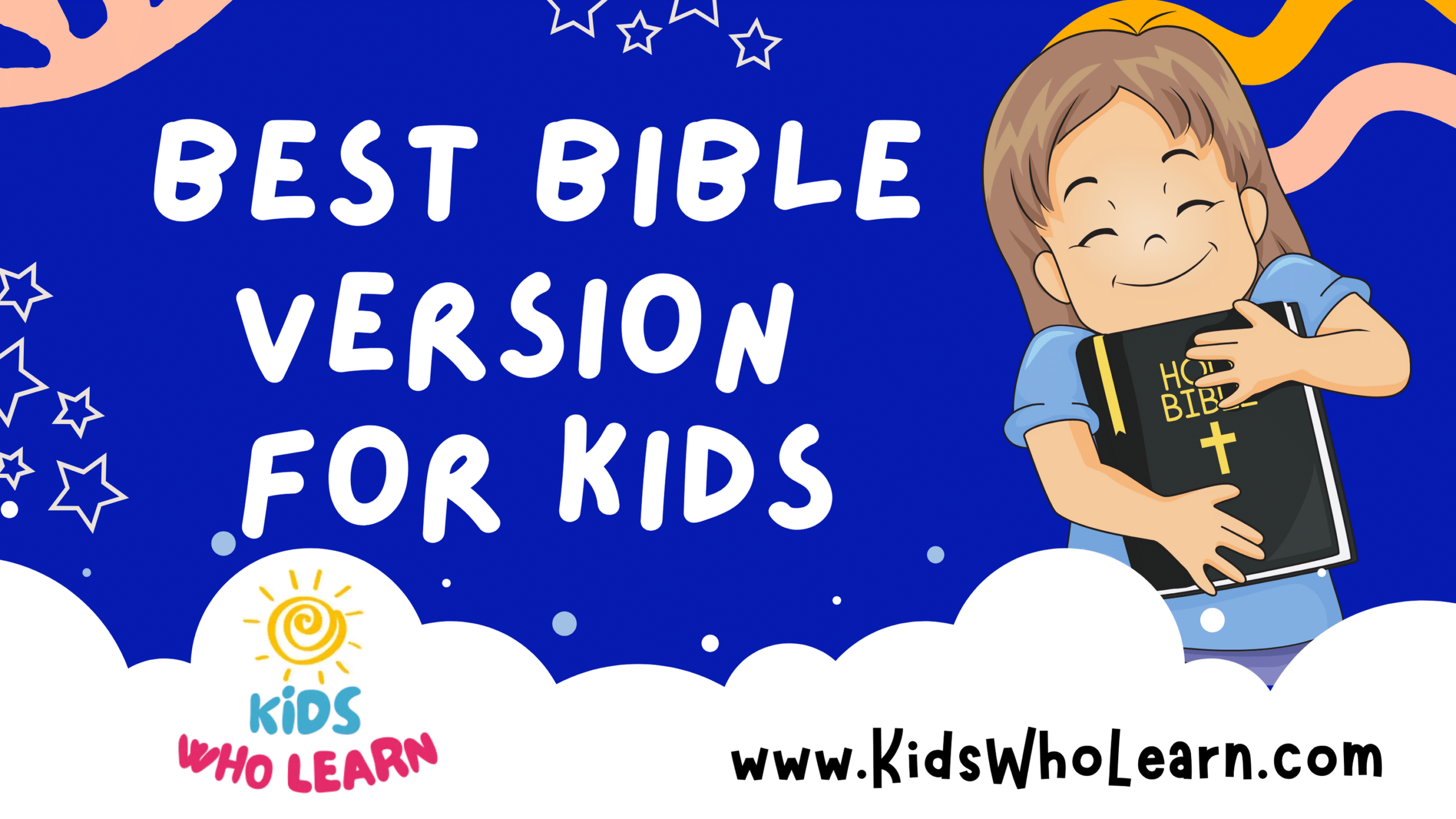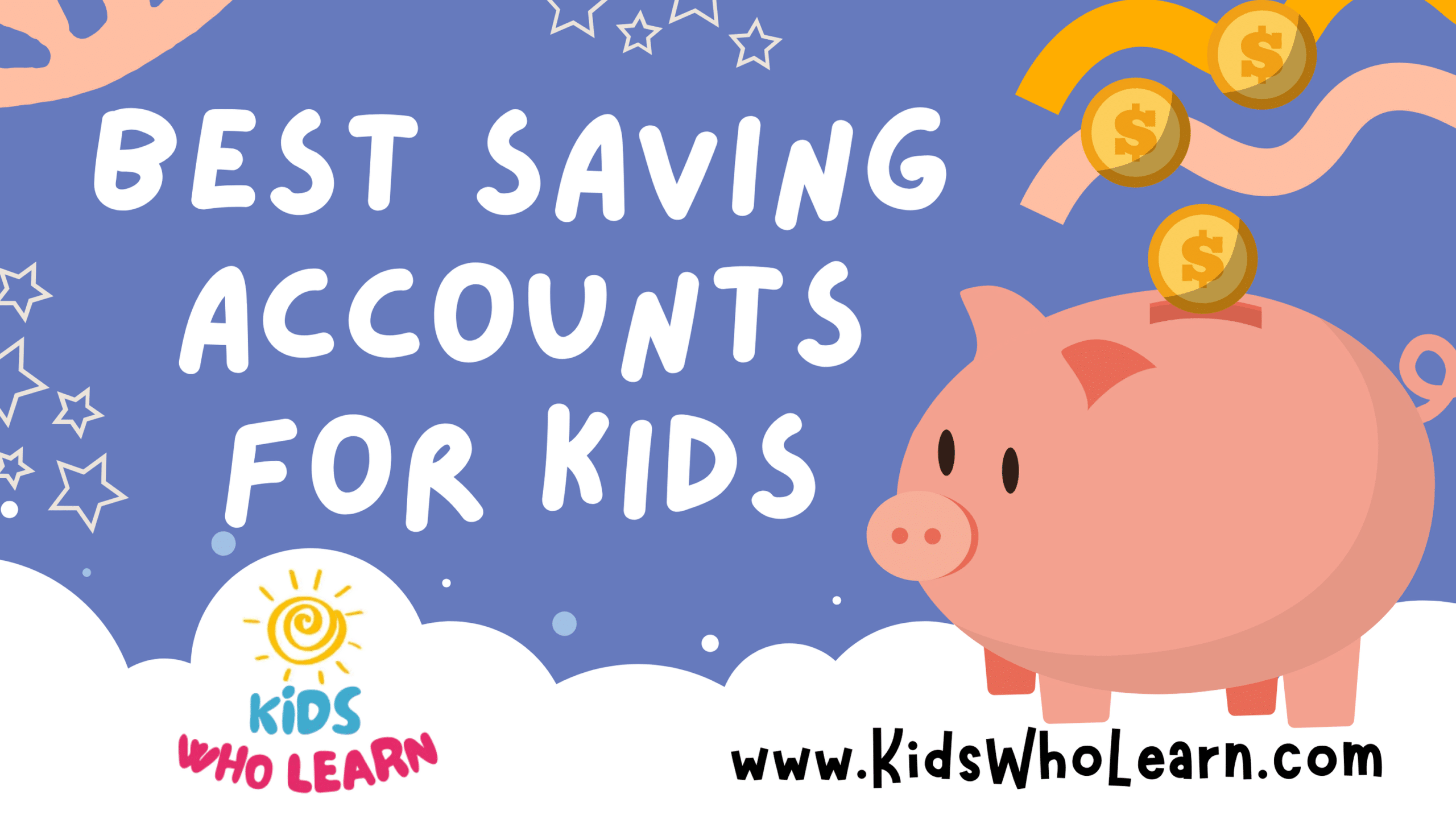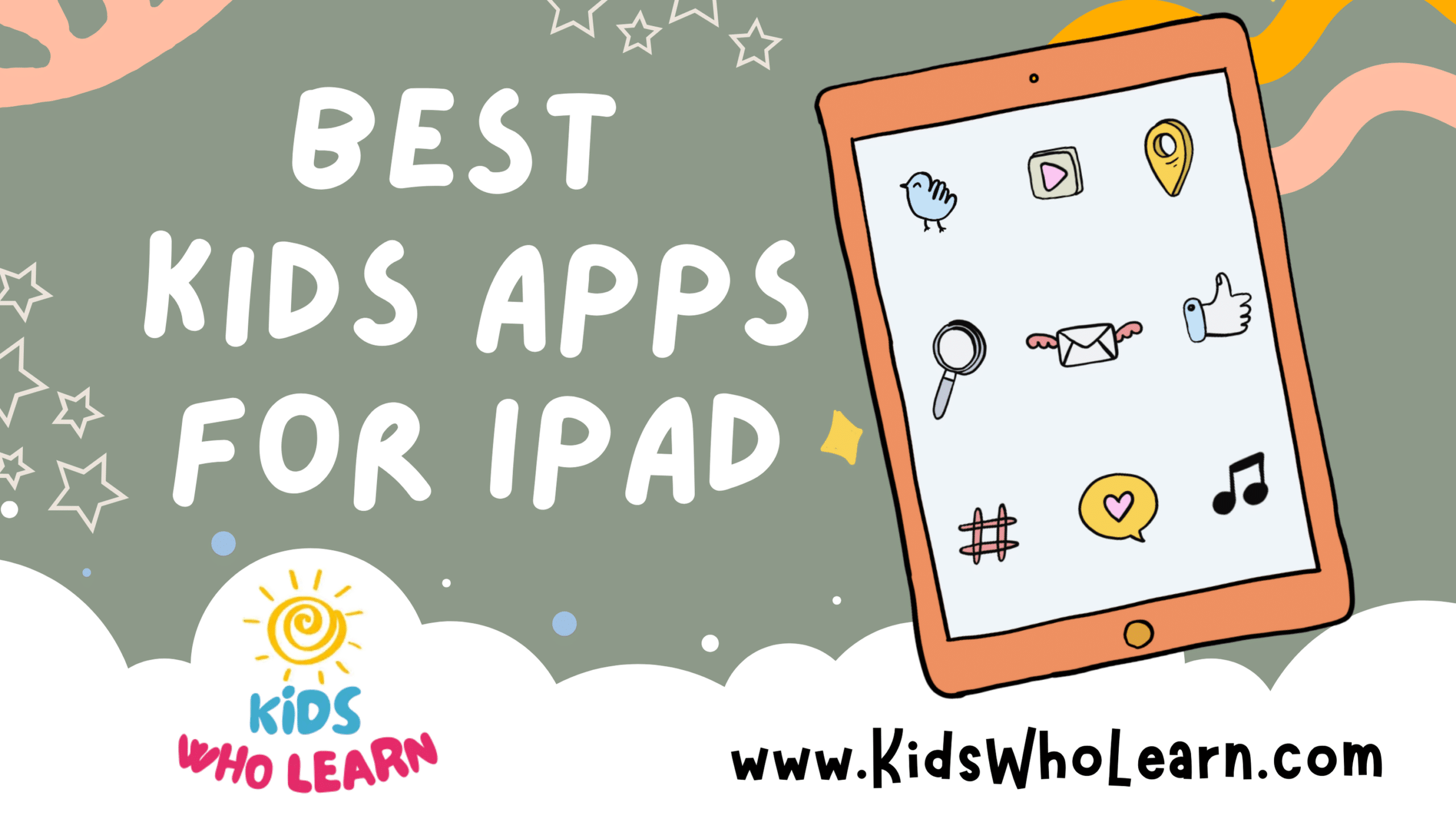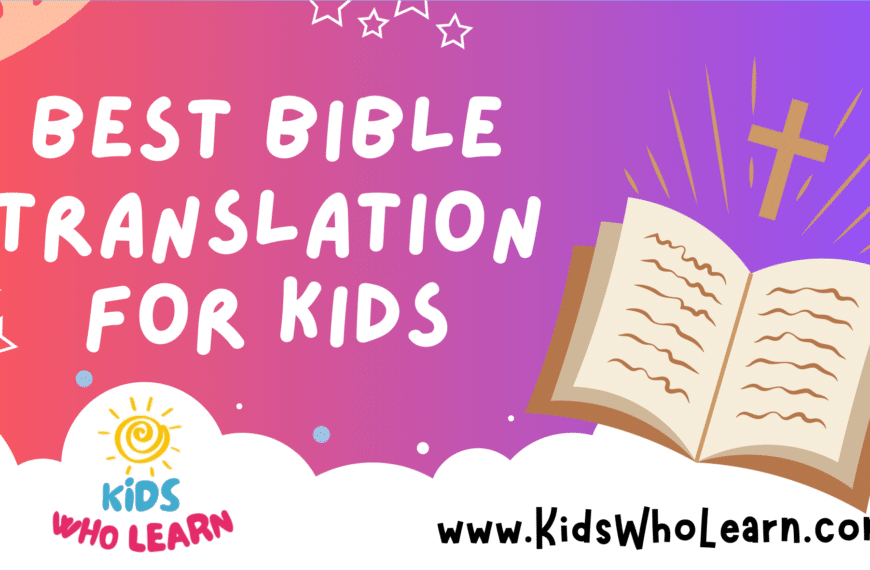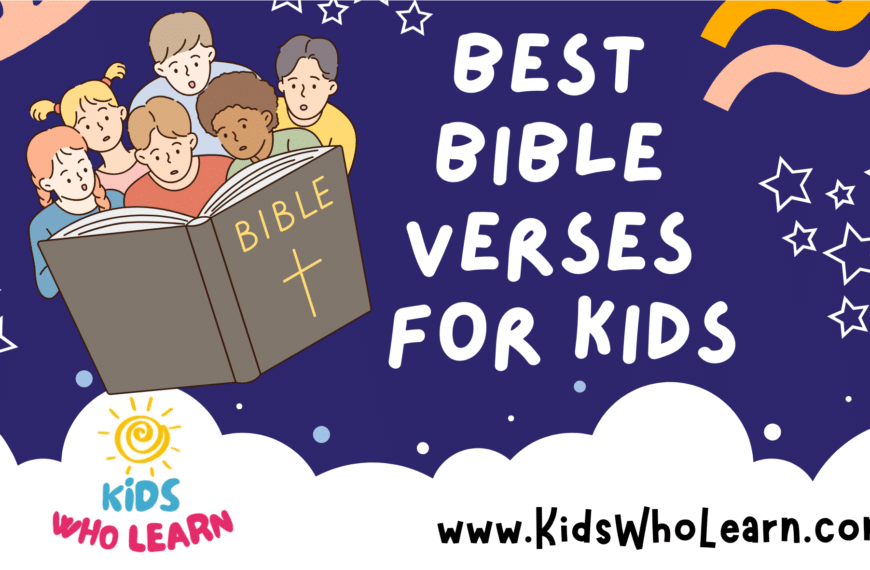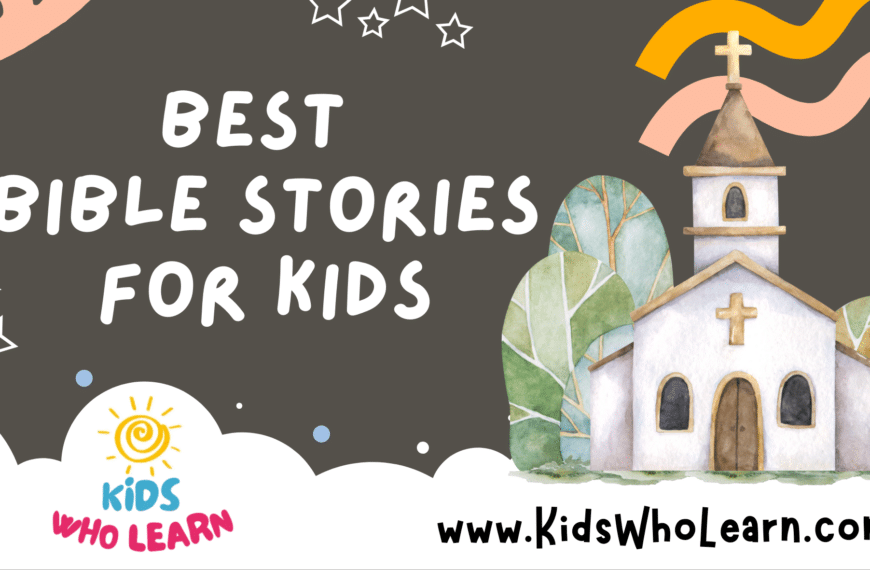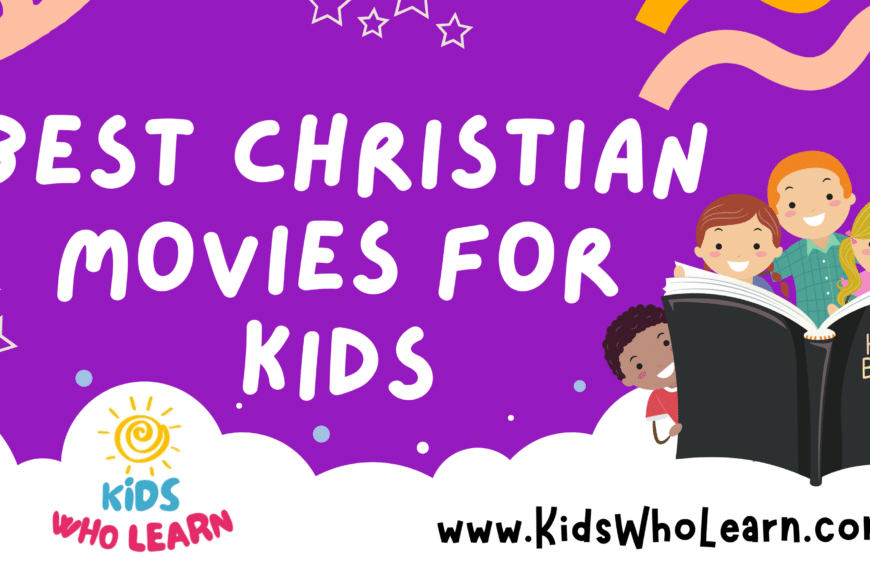Selecting the best Bible version for children involves understanding the various translations and formats available. The choice of a Bible for a child should take into account their age, reading comprehension level, and interest. Children’s Bibles come with features that make the scriptures more accessible and engaging for young readers. These may include simplified text, illustrations, and interactive elements that can help bring the stories to life.
It’s important to balance accuracy with readability when choosing a Bible for a child. While some versions aim to stay as close as possible to the original texts, others focus on conveying the messages in a way that is easy for children to understand. The proper Bible version for a child can foster an early appreciation for the scripture and encourage a lifelong journey of faith.
Key Takeaways
- Selecting the right Bible for children is crucial for their understanding and engagement.
- Age-appropriate features are key to making the Bible accessible to young readers.
- The best choice balances faithfulness to original texts with readability for children.
Understanding Bible Translations for Kids
Choosing the right Bible translation for kids is crucial for their understanding and enjoyment of the sacred texts. It’s important to consider the translation approach and the reading level appropriate for a child’s age.
Translation Philosophy: Thought-for-Thought vs. Word-for-Word
Thought-for-thought translations, like the New International Reader’s Version (NIRV), aim for easy comprehension, conveying the meaning of the original text in simpler language. Conversely, word-for-word translations, such as the English Standard Version (ESV), strive for textual precision, mirroring the original language as closely as possible in English. Balancing accuracy with readability is key when selecting a Bible for children.
Comparing Popular Translations: NIV, NIRV, ESV, and More
- NIV (New International Version)
- Reading Level: Older children and teens
- Approach: Balance between word-for-word and thought-for-thought
- NIRV (New International Reader’s Version)
- Reading Level: Young children
- Approach: Thought-for-thought, with shorter sentences
- ESV (English Standard Version)
- Reading Level: Teens
- Approach: Word-for-word with a higher vocabulary level
Each of these translations presents the biblical narratives with different levels of complexity, depending on your child’s reading ability and comprehension.
Importance of Reading Level and Age Appropriateness
When you’re selecting a Bible translation for children, it’s essential to match the translation’s reading level with your child’s age and reading skill. Younger children often benefit from translations like the NIRV, which utilize simpler language and shorter sentences, facilitating better understanding. For older kids and teens, the NIV or ESV might be more appropriate options, providing a deeper and more literal understanding of the biblical text.
Features of Children’s Bibles
When selecting a Children’s Bible, you’ll want to ensure it includes features that cater to their level of understanding and interest. Consider the following pivotal elements designed to enrich a child’s experience with biblical texts.
Illustrations and Full-Color Visuals
Engaging Illustrations: A Children’s Bible with vibrant, full-color illustrations helps in making the stories come alive. These visuals not only capture attention but also enhance comprehension, especially for younger readers who may not be advanced in their reading skills.
- Full-Color Pages: Bibles designed for children often consist of full-color pages which make the interaction with Scripture more captivating and memorable.
Interactive Elements and Additional Information
Interactive Features: Look for Children’s Bibles that include questions, puzzles, and activities related to the stories. These elements encourage active participation and can deepen their understanding.
- Additional Information: Some editions provide explanations tailored to a child’s perspective, such as definitions of difficult words or background context, to aid their learning process.
Book Introductions and Contextual Elements
Contextual Background: Introductions to each book within the Bible help set the scene. By providing historical and thematic context, children can grasp the significance of the stories they’re about to read.
- Understanding the Message: Simplified plot summaries or theme highlights can be included to help young readers comprehend the core messages of the biblical texts.
Selecting the Most Suitable Bible for Different Age Groups
When choosing a Bible for children, it’s important to consider their reading level and comprehension. Age-appropriate Bibles help to engage young readers and support their spiritual growth.
Bibles for Early Readers and Preschoolers
For preschoolers and early readers, a children’s Bible with simple language and bright, engaging illustrations is key. Look for options with interactive elements such as:
- Illustrations that are colorful and relatable
- Simple text, often in the form of stories that are easy to understand
- Interactive elements like stickers or questions that engage young readers
The Beginner’s Bible and The Jesus Storybook Bible are two notable editions that cater to this age group, balancing clear storytelling with colourful pictures to hold the attention of toddlers and young children.
Best Bibles for School-Age Children
School-age children, typically between the ages of 6 to 12, benefit from a Bible for kids that both educates and entertains. A good choice will:
- Have slightly more complex narratives tailored to school-aged readers
- Include definitions, maps, and historical context to support understanding
- Be considerate of the attention span and comprehension level of this age group
Notable examples such as The Adventure Bible or The Action Bible can be excellent for engaging children in this range, with age-appropriate stories and relevant life applications.
Appropriate Bibles for Preteens and Teenagers
Preteens and teenagers are ready for a more sophisticated approach to Bible study. Your options should:
- Evoke deeper thought and reflection through devotions or study questions
- Offer versions geared towards teen comprehension and relevant issues
- Provide resources for dealing with modern-day scenarios through a biblical lens
Teenagers might find The Teen Study Bible and NIV Revolution: The Bible for Teen Guys particularly insightful, as they offer tools for applying biblical wisdom to everyday life. These versions also encourage self-exploration and connection with the biblical message.
Specific Bibles and Their Unique Attributes
Each children’s Bible mentioned here offers a distinct experience, designed to engage young readers at various stages of their spiritual growth and literacy skills.
Jesus Storybook Bible and Its Distinct Approach
The Jesus Storybook Bible brings a unique narrative style to biblical events, emphasizing that every story whispers the name of Jesus. It’s tailored for children aged 4 to 8, using clear, simple language accompanied by whimsical illustrations.
- Age Range: 4-8 years
- Key Feature: Emphasizes redemptive narrative
- Illustrations: Whimsical and engaging
Adventure Bible and Its Engaging Features
The Adventure Bible, available in several versions including the NIV Adventure Bible, is designed for children aged 9 to 12. It uses interactive elements like trivia, activities, and challenges to engage young readers.
- Versions Available: NIV, NIrV, and more
- Age Range: 9-12 years
- Interactive Elements:
- Maps and charts: For geographical context
- Life in Bible Times: Cultural insights
- Hands-On Activities: For active learning
Action Bible: The Graphic Novel Format
The Action Bible presents Scripture in a vivid, graphic novel format that captures the attention of visual learners and comic book fans. It is suitable for children aged 8 to 12 and provides a dynamic way to experience Bible stories.
- Visual Format: Graphic novel
- Age Range: 8-12 years
- Art Style:
- Bold and energetic illustrations
- Cinematic storytelling approach
Incorporating Bible Study into Family and Church Life
Integrating regular Bible study into family and church activities provides foundational biblical knowledge for children and creates a routine that fosters spiritual growth.
Family Devotions and Bible Reading Plans
When you implement family devotions, you are taking an active role in your children’s spiritual education. To start:
- Choose a Bible version that is suitable for kids, with simplified language that they can easily comprehend.
- Create a reading plan that aligns with your family’s schedule. This could be a daily morning reading or a nightly Bible story.
For younger children, you might opt for a story-based plan to capture their attention:
- Sunday: Creation Story
- Monday: Noah’s Ark
- …
Older kids can handle more complex lessons, and you can involve them in the planning process to encourage engagement.
Using Children’s Bibles in Sunday School and Homeschool
Sunday School: Utilize children’s Bibles to make lessons more accessible. Here’s a simple way to structure the class using these Bibles:
- Start with a main story from the children’s Bible.
- Follow with group discussion to let kids share their understanding.
- Finish with activities related to the lesson, like coloring or simple quizzes.
Homeschool Settings: Tailor your approach based on your child’s learning style. For example:
- Visual Learners: Use picture Bibles and storyboards.
- Auditory Learners: Listen to Bible stories or verses from an audio Bible for kids.
- Kinesthetic Learners: Engage through Bible-based crafts and re-enacting stories.
In both church and homeschool environments, the key is consistency and interaction. By making Bible study a regular part of life, you instill its values and teachings in a meaningful, age-appropriate way.
Bible Accessibility and Formats
When choosing a Bible for children, it’s important to consider the accessibility of the text and the various formats available that cater to young readers’ needs.
Large Print and Legibility for Young Readers
Your child’s comfort with reading can be greatly enhanced by the availability of Bibles in large print. These Bibles typically feature:
- Larger font sizes: Making it easier for young eyes to read without strain.
- Simplified layouts: Often with fewer words per page to not overwhelm beginners.
These design choices aid in children’s reading comprehension and retention of scripture.
Audio Bibles and Digital Versions for Accessibility
Audio Bibles offer a dynamic way for children to engage with Bible stories, especially:
- For children who are audio learners: They can listen to the Bible, absorbing the stories through narration.
- For those with reading difficulties: Audio versions can make the Bible more accessible.
Digital Versions, on the other hand, provide interactive and engaging ways for children to experience the Bible. They often include:
- Read-along features: Highlighting text as it’s read aloud, reinforcing word recognition.
- Adjustable text size and contrast: Allowing customization to suit individual reading abilities.
By considering these factors, you can ensure that your child has the most suitable version of the Bible for their needs.
Enriching the Bible Experience
To ensure a meaningful Bible study for children, integrating the right tools is essential. Proper resources can enhance comprehension and retention of Biblical narratives and concepts.
Study Bibles and Their Tools for Understanding
Study Bibles are invaluable for younger readers as they often include features designed to aid comprehension. Here’s what you can expect from a quality Study Bible:
- Illustrated timelines to help place events in a historical context.
- Annotations: Brief notes that explain difficult words and passages.
- Questions and answers to prompt engagement and discussion.
These features facilitate a deeper understanding of the scripture, making it more accessible to children. Through interactive elements and simplified explanations, study Bibles break down the complexities of Biblical teachings.
Additional Resources: Dictionaries and Maps
Alongside a study Bible, consider these supplemental tools:
Frequently Asked Questions
When choosing a Bible for children, consider age-appropriate language, engaging illustrations, and readability to ensure an enjoyable and educational experience.
What are the top recommended Bibles for children aged 5 to 7?
For children aged 5 to 7, The Beginner’s Bible and The Jesus Storybook Bible are highly recommended. Both use simple words and colorful pictures to engage young readers.
Which Bible storybooks are best suited for young children?
For young children, look for The Beginner’s Bible, The Jesus Storybook Bible, and The Big Picture Story Bible. They have vibrant illustrations and stories told in a way that young minds can easily grasp.
How does the ESV translation fare as a Bible choice for kids?
The ESV translation maintains a balance between being literal and readable, making it a decent choice for older kids who are ready for a more traditional Bible experience.
What are the most understandable Bible versions for 9 to 12-year-olds?
The New International Reader’s Version (NIrV) Adventure Bible and the International Children’s Bible (ICB) are very readable for 9 to 12-year-olds, presenting scripture in a way that is easy to comprehend.
Can you suggest an age-appropriate Bible version for teenagers?
For teenagers, the New Living Translation (NLT) and the English Standard Version (ESV) Student Study Bible are both excellent choices, offering clear explanations and relatable language.
What factors should be considered when selecting a Bible for a 6 to 8-year-old?
When selecting a Bible for a 6 to 8-year-old, prioritize easy-to-read text, engaging illustrations, and interactive elements that will help them connect with the stories and messages.

